Top 6 Climbing Vines We Love!
Climbing vines are one of the most versatile plants of the garden world, transforming spaces with their leafy artistry! You can drape them over walls, wrap them around trees, twine them up arbors, or let them dance in the center of a blank canvas with obelisks. Let your imagination swing from trellises and beyond—there’s no limit to the viney magic you can create!
Here are the top 6 climbing vines which have creeped into our hearts and gardens!
No 1
Clematis
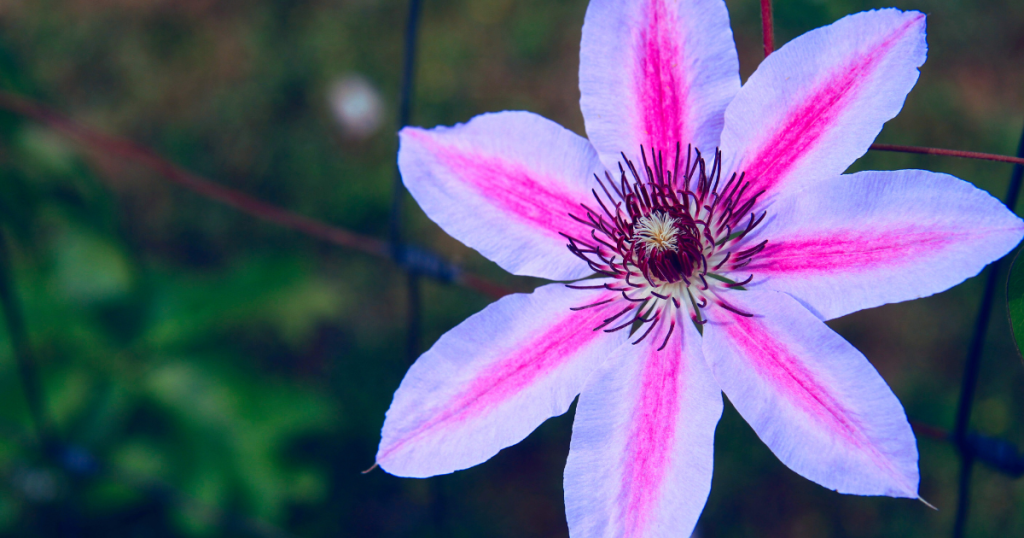
Clematis puts on a dazzling bloom performance, turning any structure they climb into a spectacular floral stage! However, patience is key when planting your first clematis. An old clematis saying is “First year they sleep. Second year they creep. Third year they leap!”
Clematis Care
- Full sun
- pH of 6.5 – 7 (acidic to neutral)
- Well drained slightly acidic soil
- Keep soil moist.
- Grow 8-20’ tall and 6-10’ wide.
No 2
Climbing Hydrangea
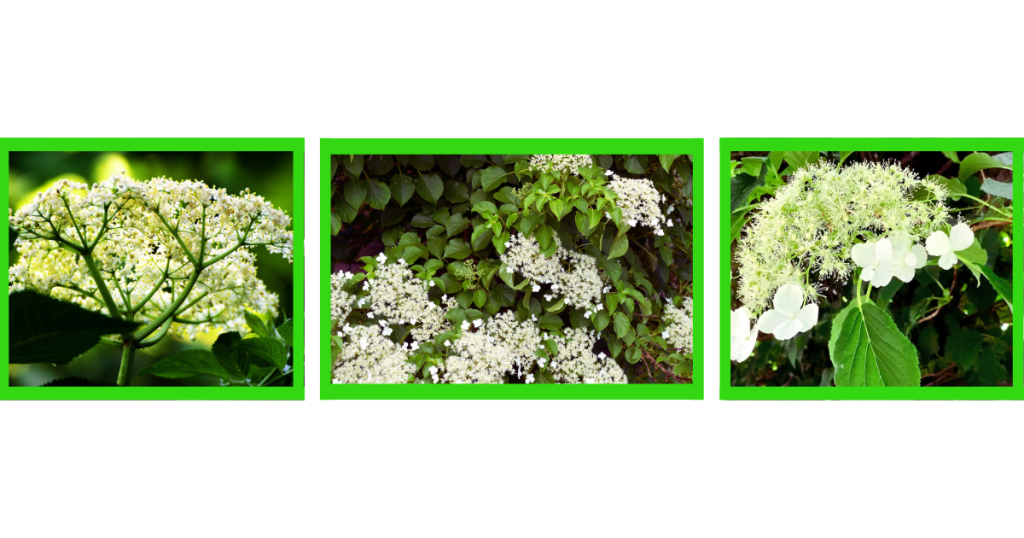
Climbing hydrangea is self clinging so will cling and crow onto any surface without additional support. A mature climbing hydrangea can be fairly weighty so be sure your structure can support it in the years to come! Another vine which you must have patience to plant. Climbing hydrangea can take 3-5 years after planting to bloom.
Climbing Hydrangea Care
- Full to partial sun
- pH 6-6.5
- Prefers slightly acidic soil.
- Grows 30-50’ tall and 5-6’wide.
No 3
Trumpet Vine
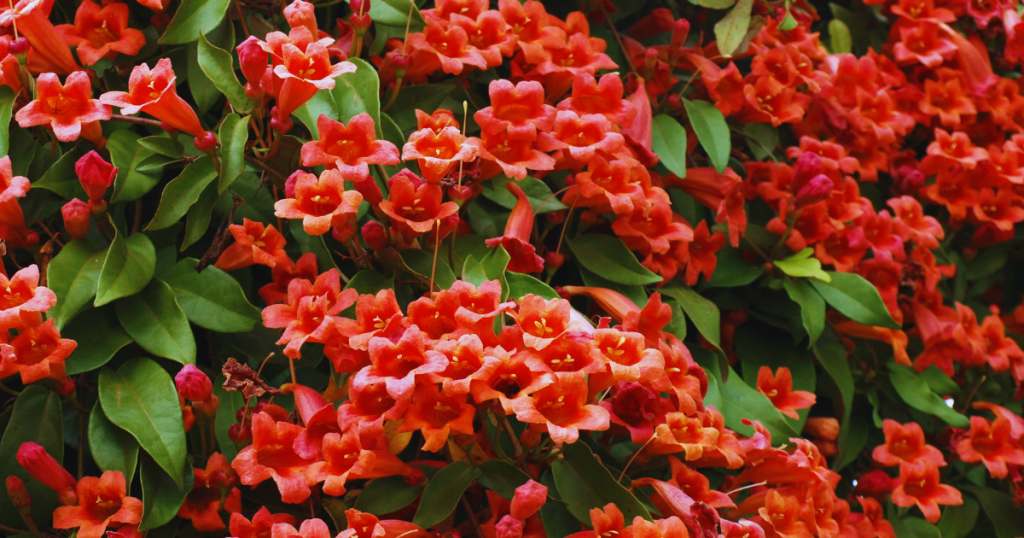
Trumpet vines will produce clusters of trumpet shaped flowers which are an absolute favorite of pollinators, particularly hummingbirds. These beauties will produce masses of flowers all summer long, but keep your pruners handy as they can easily take over an area and grow out of control!
Trumpet Vine Care
- Full to partial sun
- pH 6-7
- Sandy soil with clay, well drained
- Grows 30-40’ tall and 4-10’wide.
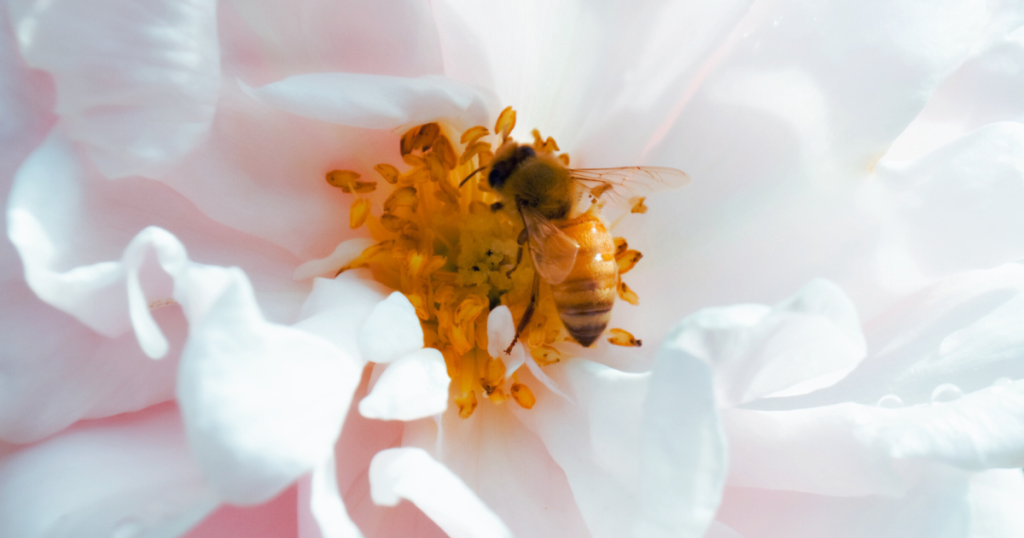
No 4
Climbing Roses
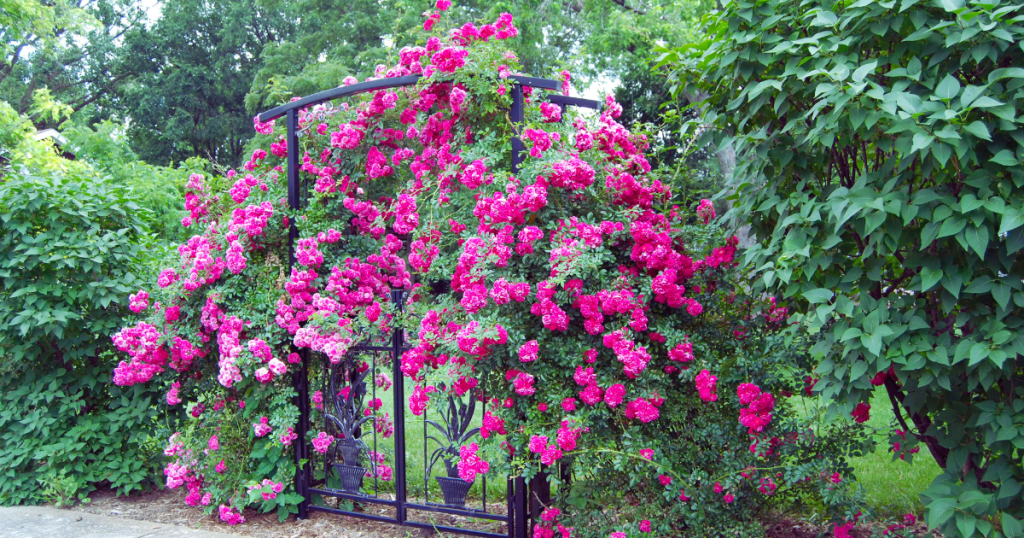
Climbing roses evoke a romantic look, giving your garden a delightful cottage feel. With such an array of colours, forms, and fragrances, there is a climbing rose for any space!
Climbing Rose Care
- Prefer full sun.
- pH 7-8
- Well draining, loamy soil
- Will benefit from soil amenders.
- Grow 3-20’ tall and 1-5’ wide.
No 5
Honeysuckle
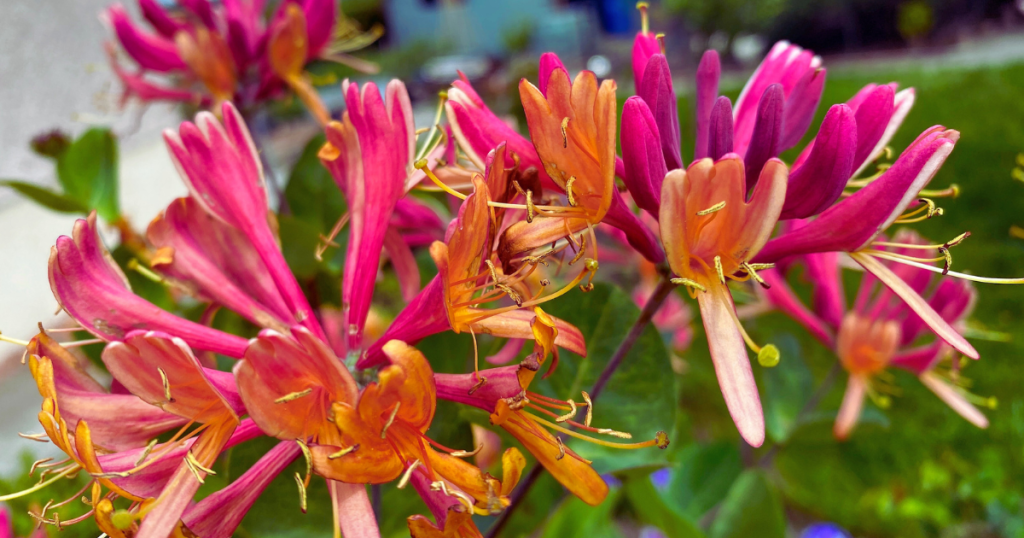
Honeysuckle are not only visually stunning, but they are also an essential source of food and homes for pollinators and birds. As well, did you know honeysuckle has several medicinal benefits? Honeysuckle has been used for urinary disorders, headache, diabetes, arthritis, as a laxative and to counteract poisoning! A truly remarkable plant!
Honeysuckle Care
- Full to partial sun
- pH 5.5 – 7.5
- Prefer well drained loamy soil.
- Grow 10-20’ tall and 10-20’ wide.
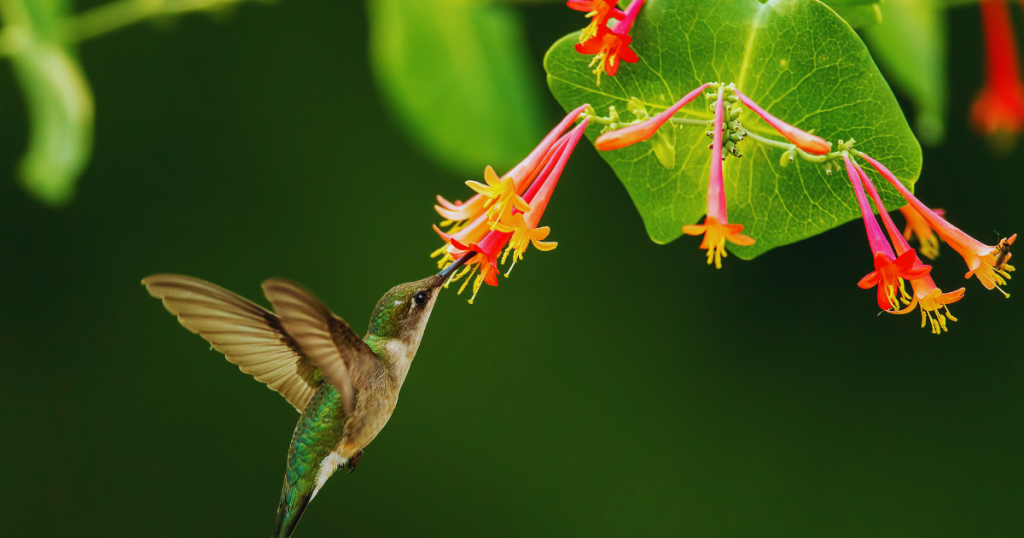
No 6
Wisteria
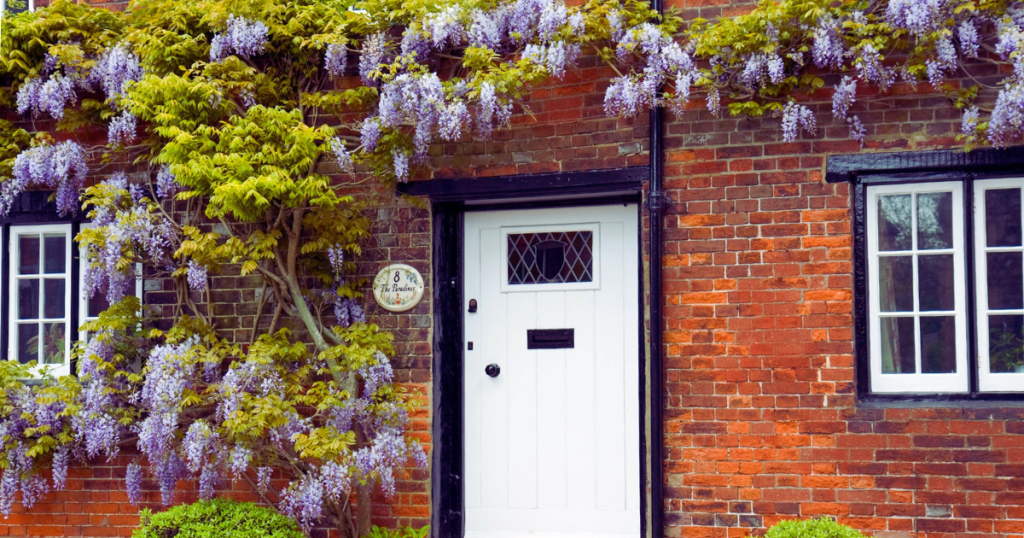
Wisteria commonly symbolizes romance, good luck, success, longevity, and devotion. With its heady fragrance wisteria is also a favorite pant for bees and other pollinators. Wisteria can be pruned twice a year. 1st prune is in late winter. Prune 1/3 of the prior years growth leaving buds on each stem. 2nd prune is after blooming is finished, late spring or early summer, to tidy up the plant and give it the shape you are looking for. Prune off any stray shoots.
Wisteria Care
- Full sun to partial shade
- pH 6.5-7
- Well drained soil
- Grow 15-25’ tall and 5-10’ wide.
Now, you wondering how you will fit all these creeping vines into your yard. Some can be planted into containers, such as clematis and honeysuckle, allowing you to move them if needed. If you have limited areas where plants can climb on arbors, walls, or trees, consider using obelisks. Obelisks are free standing trellises which you can use for climbing roses, clematis, honeysuckle, and trumpet vine. Heavier vines will need the support of a wall or tree such as climbing hydrangea and wisteria.
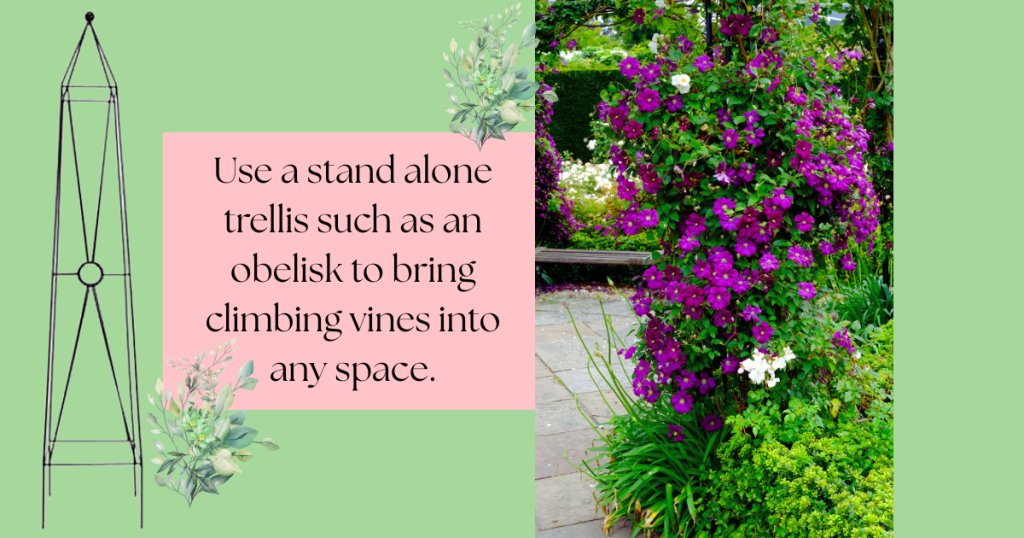
We hope this has inspired you to plant more climbing vines in your garden space to create interesting and vibrant spaces for yourself and the nature around you!
Stay in Touch With Us!
Be the first to find out about new arrivals, in store only specials, flyer sales, workshops and more! Subscribe to our weekly newsletter.
